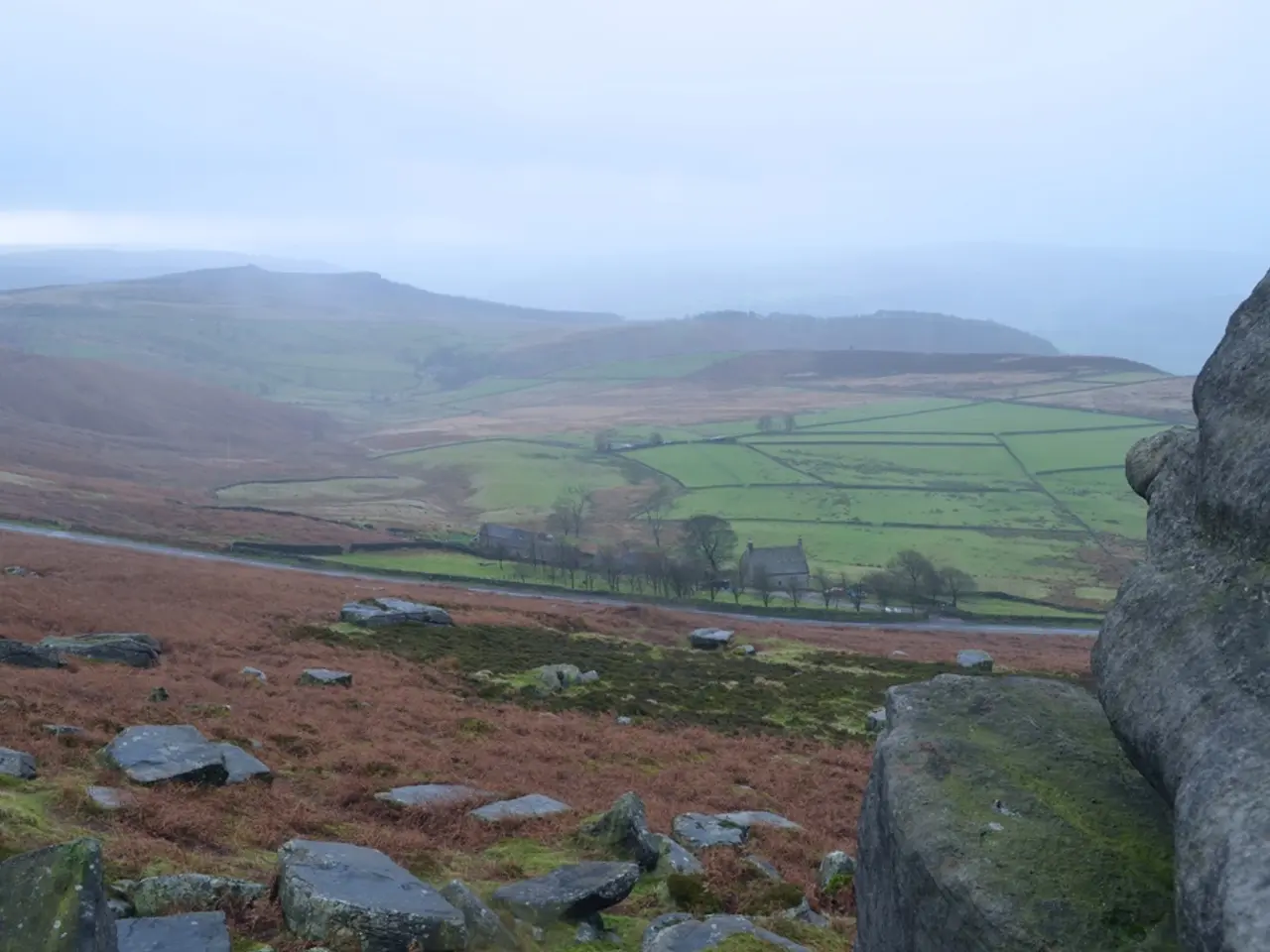Strategies for combating altitude sickness during travel to Peru and the Andes
Hey Traveler!
Before embarking on your South American adventure, especially in Peru, let's talk about avoiding altitude sickness.
High in the Andes:Peru's most sought-after destinations reside high up in the Andes mountain range. Cities like Cusco (11,152 ft) and Machu Picchu (7,972 ft) aren't just picturesque – they're also high in altitude. And that can pose a problem if you're not prepared.
What is Altitude Sickness?Altitude sickness occurs when your body isn't getting enough oxygen from the air at high elevations. It usually sets in at 2,500m above sea level but can affect anyone, regardless of age, sex, or fitness level. Symptoms include headaches, loss of appetite, nausea, dizziness, insomnia, and exhaustion.
Preparing for the Highlife:Nothing guarantees a sick-free trip, but there are steps you can take to prepare:
- Go slow: Opt for a gradual ascent to your destination, allowing your body time to adjust. If possible, travel overland and spend a couple of nights in an intermediate altitude. The Peru Hop bus is a fun, scenic choice.
- Stay hydrated: Drink plenty of water and eat carbs before reaching altitude to give your body energy.
On the Ground:Once you've arrived, take it easy for a few days as you continue to acclimatize:
- Walk slowly
- Take deep breaths
- Avoid alcohol, smoking, drugs, and sleeping pills
- Stay hydrated
- Eat small, light meals, and opt for sugary snacks for a quick energy boost
- Drink coca tea to alleviate symptoms
Stay Informed:Severe altitude sickness is a medical emergency. If symptoms persist or worsen, descend to a lower altitude or seek medical help.
Don't worry; altitude sickness won't last forever, and with smart preparation, it won't spoil your experience of the breathtaking Andean landscapes. Happy travels!
Enrichment Data:
- Gradual acclimatization is key to reducing altitude sickness symptoms.
- Consult your doctor before traveling to discuss medications that can aid acclimatization like Diamox, Promethazine, Paracetamol, and Ibuprofen.
- Hydration and proper nutrition are essential for managing symptoms.
- Pace yourself and rest adequately to give your body time to adjust.
- Traditional remedies like coca tea and portable oxygen can help alleviate symptoms.
Sources:[1] Mayo Clinic. (2019, September 24). Altitude sickness.[2] Healthdirect. (2019, September 24). High altitude and travel.[3] WorldHealthOrganization. (2019, September 24). Prevention and treatment of Acute Mountain Sickness (AMS).[4] WeatherWatch. (2019, September 24). Altitude sickness: Symptoms and treatment.[5] TravelDoctor. (2019, September 24). Altitude Sickness - Frequently Asked Questions.
- For better health and wellness during travel, ensure your workplace-wellness includes discussions about prevention strategies for medical conditions like altitude sickness.
- Science has shown that gradual acclimatization is key to reducing symptoms of chronic diseases like altitude sickness.
- Traveling to destinations with high altitude, such as Peru, requires mindful preparation to maintain good eye-health and overall hearing.
- Incorporating fitness-and-exercise routines into your travel lifestyle can help manage symptoms of respiratory conditions that might arise due to altitude.
- To achieve workplace-wellness and ensure mental-health, it's important to discuss concerns about complicated medical conditions like altitude sickness with colleagues or supervisors.
- Nutrition plays an essential role in managing symptoms of skin-conditions that can be aggravated by high-altitude travel.
- As part of parenting, educate yourself on the effects of altitude sickness on children, and take appropriate measures to ensure their womens-health and mens-health during travel.
- Therapies-and-treatments for conditions like altitude sickness should be considered when planning budget-travel to keep your health in check.
- Embracing a lifestyle focused on health-and-wellness can help manage the effects of aging on the body while traveling to destinations with high altitude.
- Don't let the wonders of adventure travel to places like Peru cloud your judgment when it comes to taking care of your skin-care and avoiding skin-conditions exacerbated by altitude.
- Before opting for cars or electric-vehicles for travel in mountainous regions, be conscious of their maintenance needs due to the impact on engine performance caused by high altitude.
- Embracing cultural-travel experiences in high-altitude destinations can provide unique insights into local traditions, including remedies for altitude sickness like coca tea.
- Seek guidance from your doctor before traveling to high-altitude destinations like Peru to discuss available medical-conditions-related travel tips and therapies-and-treatments.
- Weight-management becomes crucial during travel to high-altitude destinations as it can impact the various aspects of the body, including sleep and nutrition.
- Encouraging a focus on lifestyle choices that prioritize health-and-wellness, including proper nutrition, fitness, and mental-health support, will help you conquer the challenges presented by high-altitude destinations like Peru.




